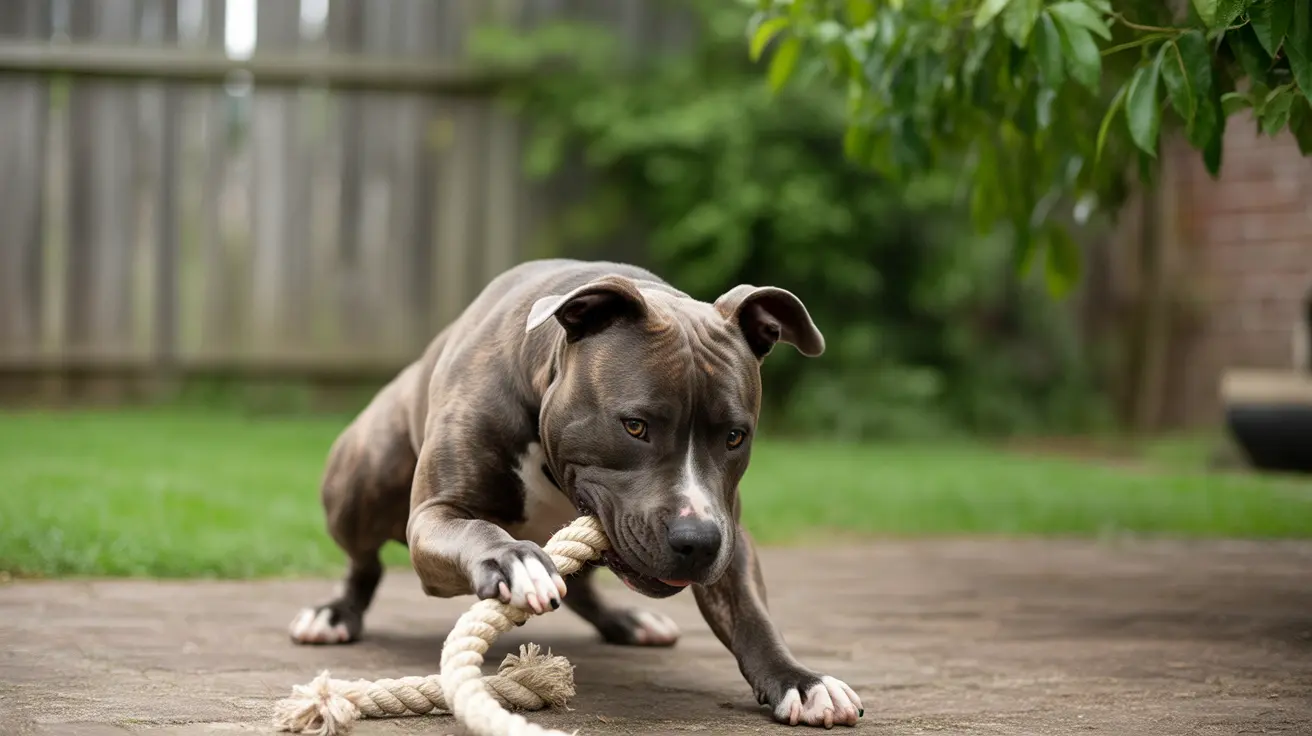Understanding Canine Jaw Anatomy
Dogs of all breeds share the same basic jaw structure, consisting of the mandible (lower jaw) and maxilla (upper jaw), connected by the temporomandibular joint (TMJ). This joint allows for up-and-down and slight side-to-side movement, but importantly, contains no special locking mechanism in any breed.
Veterinary anatomists have extensively studied canine skull structure and found no evidence of any unique features that would allow for jaw locking. The same basic anatomical design exists across all dog breeds, from Chihuahuas to Great Danes.
The Origin of the Lockjaw Myth
The misconception about dogs, particularly pit bulls, having locking jaws stems from their historical breeding for activities like bull-baiting, where tenacity and grip strength were prized traits. This behavioral characteristic – the determination to hold on – has been mistakenly attributed to a physical locking mechanism.
Media sensationalism and widespread misinformation have helped perpetuate this myth, leading to unnecessary fear and breed discrimination. The reality is that any dog's apparent "locking" bite is simply a display of strength and determination, not a mechanical function.
Behavioral Traits vs. Physical Mechanisms
What people often mistake for a locking jaw is actually a combination of:
- Strong jaw muscles
- High prey drive
- Natural tenacity
- Trained or instinctual behavior patterns
These traits can make certain breeds more likely to grip firmly and hold on during play or confrontation, but this is entirely behavioral and has nothing to do with any special physical mechanism.
Real Medical Conditions That Affect Jaw Function
While the locking jaw myth is false, there are legitimate medical conditions that can affect a dog's ability to open and close their mouth normally:
- Tetanus (true "lockjaw")
- Masticatory muscle myositis
- Temporomandibular joint disorders
- Dental disease or injury
These conditions require immediate veterinary attention and are not related to the mythical locking jaw mechanism.
Training and Safety Considerations
Understanding that no dog can truly "lock" their jaw helps focus attention on more important aspects of dog safety and training. Proper socialization, consistent training, and responsible ownership are key to preventing bite incidents and managing strong-jawed breeds effectively.
Teaching commands like "drop it" and "leave it" is essential for all dogs, regardless of breed. These commands can help prevent situations where a dog might be reluctant to release something they've grabbed.
Frequently Asked Questions
Do pit bulls or any dog breed have a locking jaw mechanism when they bite?
No, no dog breed has a physical mechanism that allows them to lock their jaws. This is a myth that has been thoroughly debunked by veterinary science and anatomical studies.
What causes the myth that pit bulls have "lockjaw" and is there any scientific basis for it?
The myth stems from observing certain breeds' determination and strength when holding onto something. There is no scientific basis for a locking mechanism – it's purely behavioral.
How strong is a pit bull's bite compared to other dog breeds, and does it contribute to bite severity?
Pit bulls have a bite force similar to other dogs of comparable size (around 235-305 PSI). Bite severity is more related to behavior (holding and shaking) than pure bite force.
Can medical conditions like tetanus cause true lockjaw in dogs, and how is it different from the "lockjaw" myth?
Yes, tetanus can cause true lockjaw through involuntary muscle contraction. This medical condition affects the entire body and is completely different from the mythical locking jaw mechanism during biting.
What are effective ways to manage and train a dog with a strong bite grip or tenacious hold during play?
Effective training methods include teaching reliable "drop it" and "leave it" commands, using appropriate toys, practicing positive reinforcement, and ensuring proper socialization from an early age.
Conclusion
Understanding that no dog breed possesses a locking jaw mechanism helps combat breed-specific prejudices and focuses attention where it belongs – on responsible ownership, proper training, and appropriate care. By dispelling this persistent myth, we can better address real concerns about dog behavior and safety through education and evidence-based practices.






